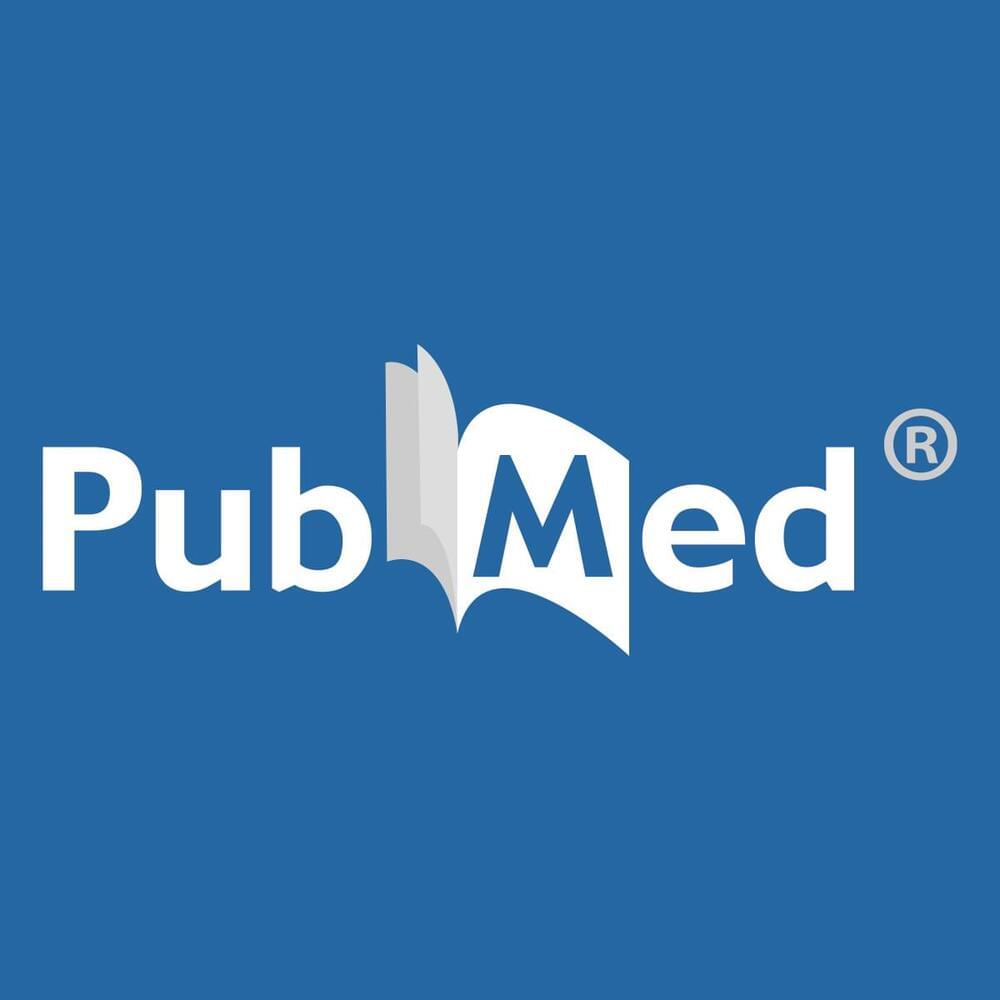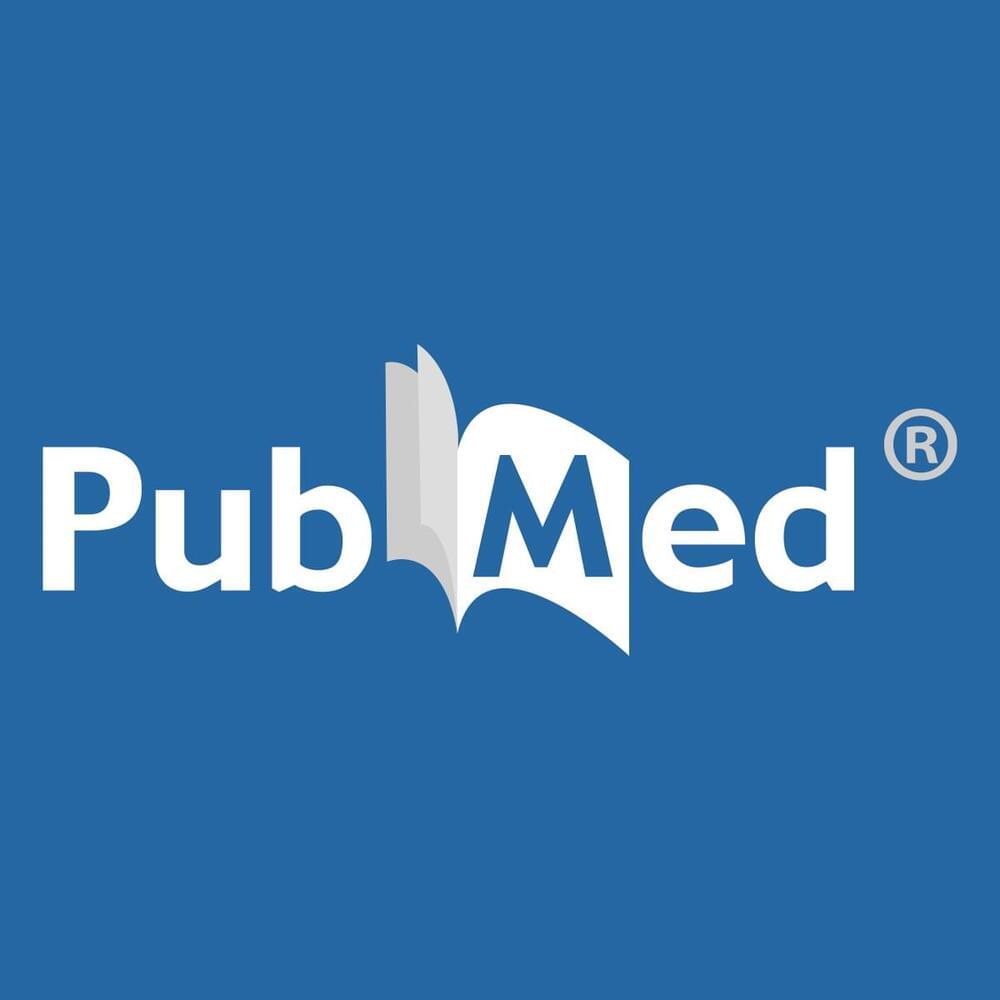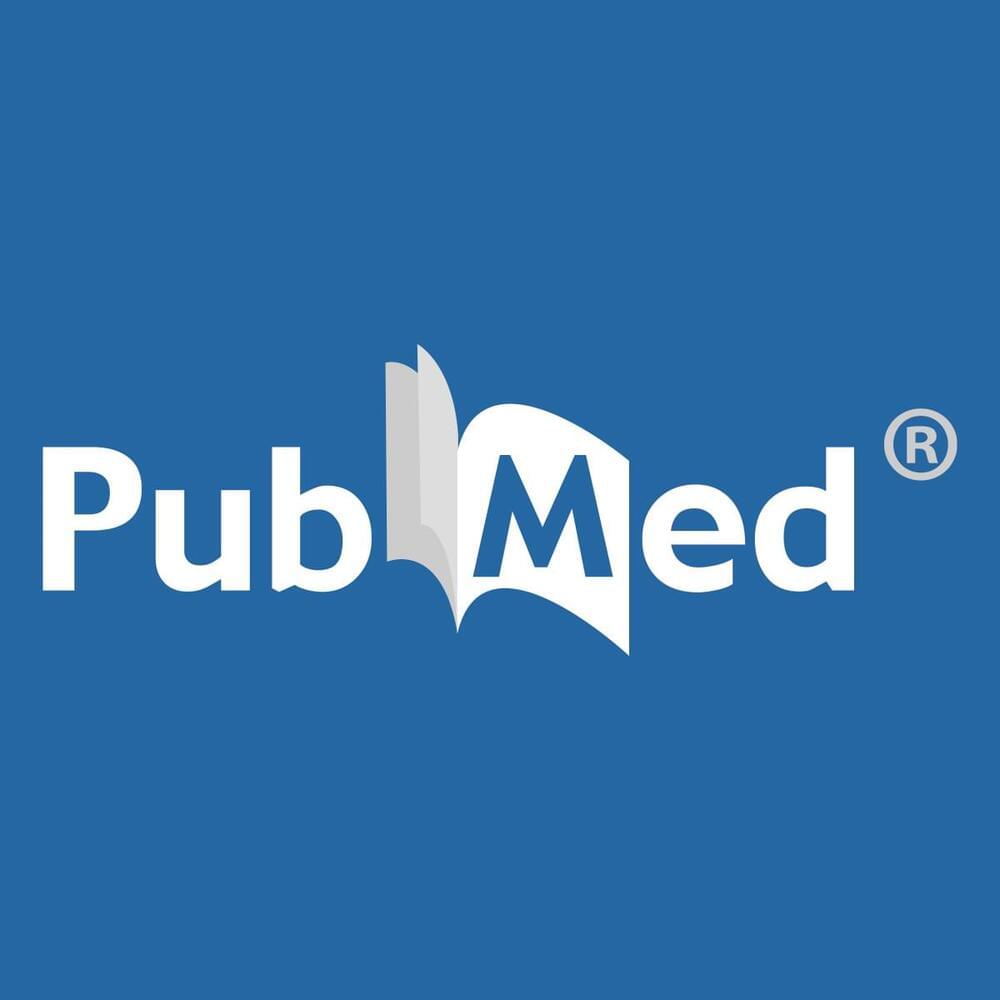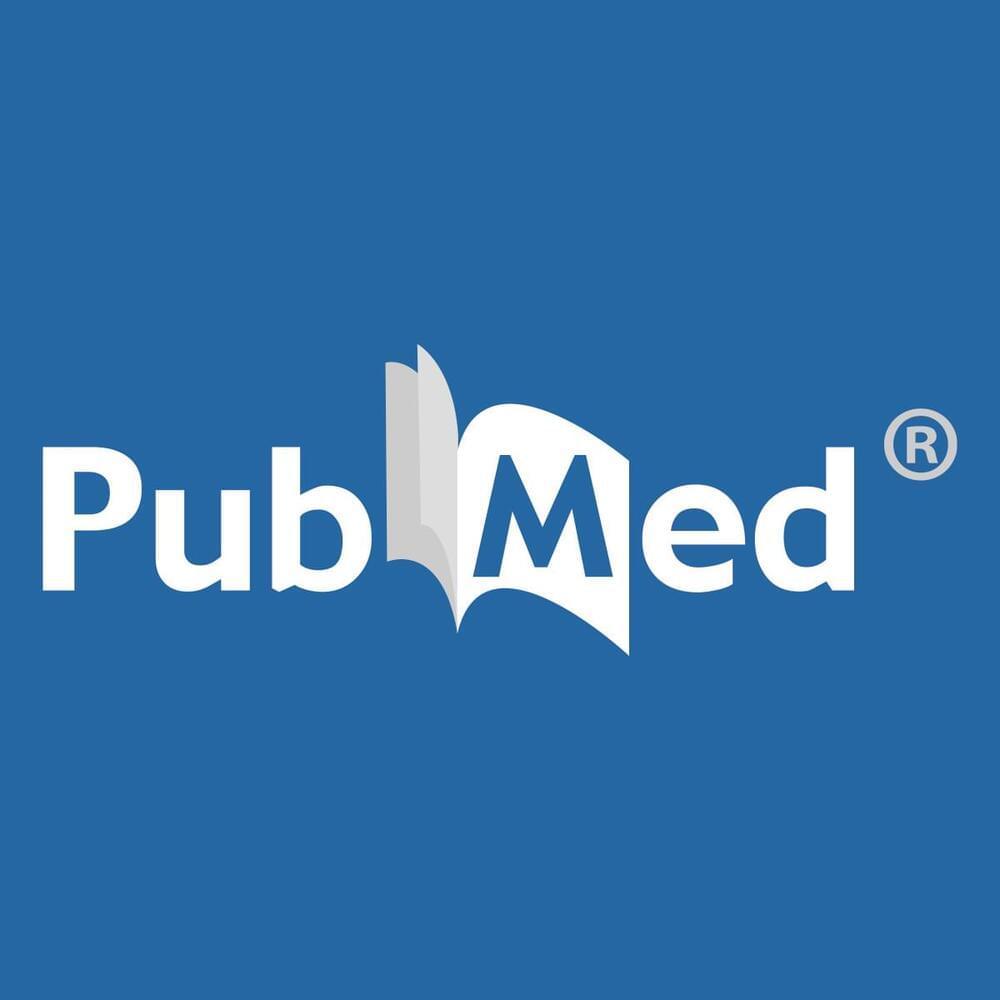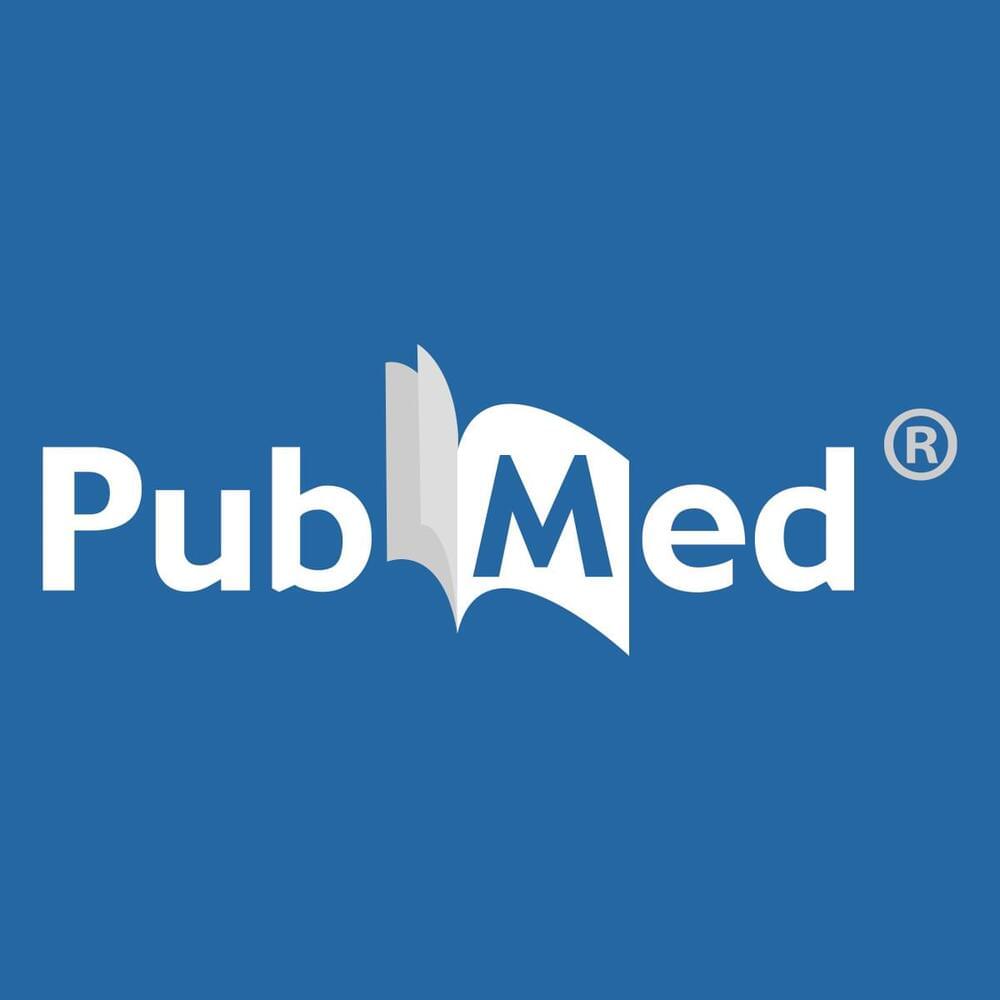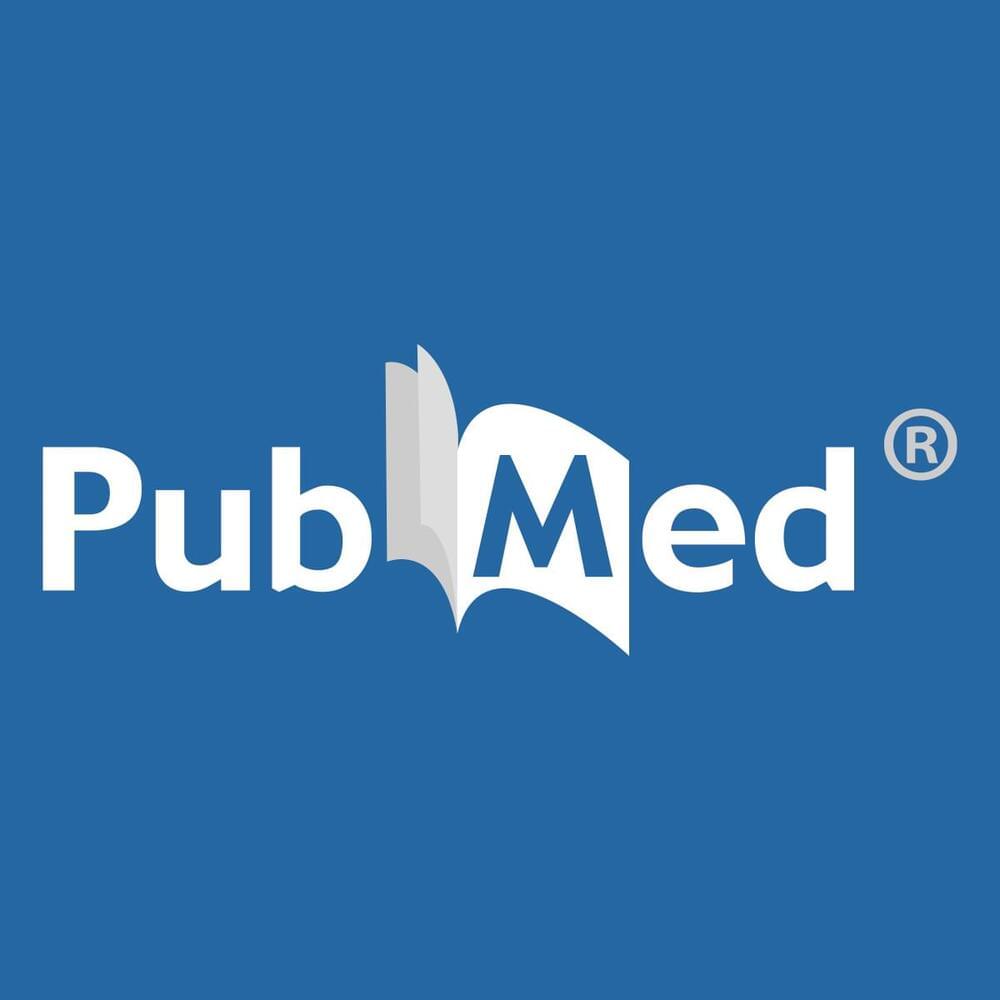How life emerged from simple non-life chemicals on the ancient Earth is one of the greatest mysteries in biology. The gene expression system of extant life is based on the interdependence between multiple molecular species (DNA, RNA, and proteins). While DNA is mainly used as genetic material and proteins as functional molecules in modern biology, RNA serves as both genetic material and enzymes (ribozymes). Thus, the evolution of life may have begun with the birth of a ribozyme that replicated itself (the RNA world hypothesis), and proteins and DNA joined later. However, the complete self-replication of ribozymes from monomeric substrates has not yet been demonstrated experimentally, due to their limited activity and stability. In contrast, peptides are more chemically stable and are considered to have existed on the ancient Earth, leading to the hypothesis of RNA-peptide co-evolution from the very beginning. Our group and collaborators recently demonstrated that peptides with both hydrophobic and cationic moieties (e.g., KKVVVVVV) form β-amyloid aggregates that adsorb RNA and enhance RNA synthesis by an artificial RNA polymerase ribozyme and a simple peptide with only seven amino acid types (especially rich in valine and lysine) can fold into the ancient β-barrel conserved in various enzymes, including the core of cellular RNA polymerases. These findings, together with recent reports from other groups, suggest that simple prebiotic peptides could have supported the ancient RNA-based replication system, gradually folded into RNA-binding proteins, and eventually evolved into complex proteins like RNA polymerase.
Keywords: RNA world; ancient proteins; central dogma; origin of life; peptide.
© 2023 Japanese Society of Developmental Biologists.


